
Experience the Majesty of Mara Wildlife Conservation
Discover the breathtaking wildlife of Mara Conservation, where adventure meets the beauty of nature in the heart of Kenya's savannah.
The Mara Wildlife Conservation offers an exhilarating safari experience in Kenya's breathtaking landscapes, where tourists can witness diverse wildlife in their natural habitats. This renowned wildlife park is a haven for nature lovers and adventure seekers alike, providing an unforgettable glimpse into the rich biodiversity of the region.
A brief summary to Wildlife Conservation
- Mara, 20500 Talek Maasai, KE
- +254721527964
- Monday 9 am-5 pm
- Tuesday 9 am-5 pm
- Wednesday 9 am-5 pm
- Thursday 9 am-5 pm
- Friday 9 am-5 pm
- Saturday 9 am-5 pm
- Sunday 9 am-5 pm
Local tips
- Visit early in the morning or late afternoon for the best wildlife sightings.
- Bring binoculars for a closer look at distant animals.
- Pack a picnic to enjoy amidst the stunning landscapes.
- Consider hiring a local guide for a more enriching experience.
- Respect wildlife and maintain a safe distance during your encounters.
Getting There
-
Car
If you're driving, begin at the main entrance of Maasai Mara National Reserve. Follow the well-marked roads leading towards the Mara River. You should stay on the main roads, which are generally in good condition but can be bumpy. After about 15-20 minutes, keep an eye out for signs directing you to Wildlife Conservation, which is located in the Mara region. The coordinates are approximately -1.4371 latitude and 35.2089 longitude. Depending on your starting point, the drive should take around 30 minutes.
-
Public Transportation
For those using public transport, take a matatu (shared minibus) from Talek town towards the Mara River. Make sure to inform the driver you want to get off at the Wildlife Conservation area. The ride typically costs around 200 KES and takes about 45 minutes. Once you reach the designated drop-off point, you may need to walk a short distance to the Wildlife Conservation site. It is advisable to ask locals for directions if you're uncertain.
-
Guided Tour
Another option is to book a guided tour that includes transportation. Many tour operators in the Maasai Mara offer packages that cover pick-up and drop-off from your lodge or campsite. This is a convenient way to reach Wildlife Conservation while benefiting from a knowledgeable guide who can enhance your experience. Costs vary based on the tour company, but expect to pay around 5,000-10,000 KES per person, including entrance fees.
Discover more about Wildlife Conservation
Iconic landmarks you can’t miss
Olkinyei Mara Tented Camp
0.6 km
Discover the essence of the African savannah in luxury and comfort at Olkinyei Mara Tented Camp, your gateway to the wild wonders of Masai Mara.
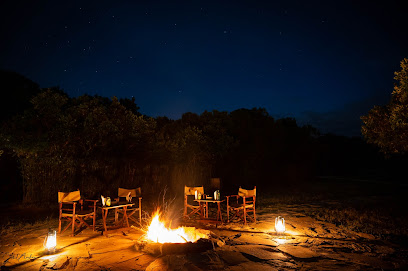
Mara Plains Camp
11.5 km
Discover the luxury of Mara Plains Camp, where comfort meets adventure amidst the stunning landscapes of Maasai Mara in Kenya.

Naboisho Camp
11.7 km
Discover the breathtaking landscapes and vibrant wildlife of the Masai Mara at Naboisho Camp, where luxury meets adventure in the heart of Kenya.

Porini Lion Camp
12.9 km
Discover the breathtaking wildlife and serene landscapes of the Maasai Mara at Porini Lion Camp, your ultimate safari getaway.
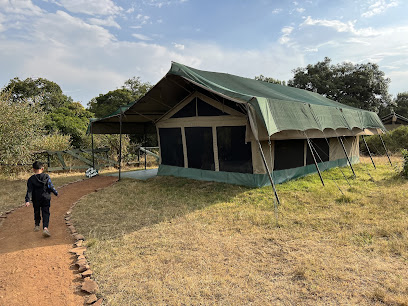
Olare Mara Kempinski Masai Mara
13.5 km
Discover the perfect blend of luxury and adventure at Olare Mara Kempinski Masai Mara, your gateway to the stunning African wilderness.

Encounter Mara Camp | Asilia Africa
13.5 km
Discover luxury and adventure at Encounter Mara Camp, nestled in Kenya's stunning Mara Naboisho Conservancy, where wildlife meets elegance.
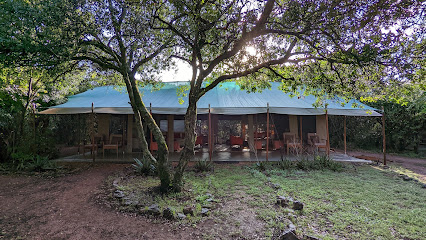
Nashulai Maasai Conservancy
16.1 km
Explore Nashulai Maasai Conservancy, where stunning wildlife encounters meet vibrant Maasai culture in the heart of Kenya's natural beauty.
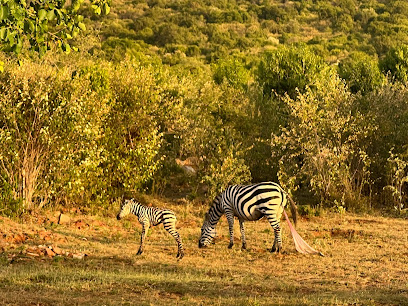
Mahali Mzuri
18.2 km
Discover the ultimate luxury safari experience at Mahali Mzuri, where adventure meets exquisite comfort in the stunning Masai Mara.
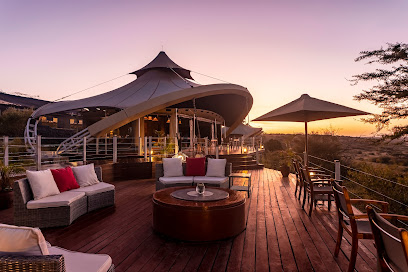
Mara Bushtops Luxury Camp
20.2 km
Discover the ultimate luxury safari experience at Mara Bushtops Luxury Camp, where comfort meets the wild heart of the Masai Mara.
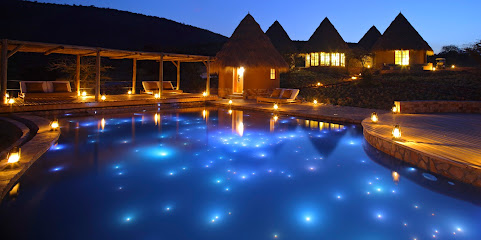
Mara Sopa Lodge
26.6 km
Discover the enchanting beauty of Mara Sopa Lodge in Kenya's Masai Mara, where luxury meets wildlife adventure in a breathtaking natural setting.

Porini Mara Camp
28.7 km
Discover the magic of the Maasai Mara at Porini Mara Camp, where adventure meets cultural immersion for families seeking unforgettable experiences.
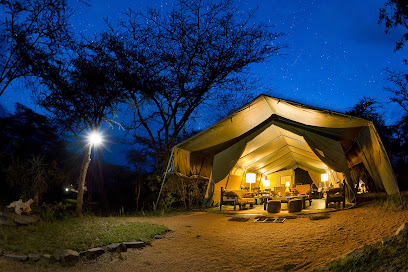
andBeyond Kichwa Tembo Tented Camp
30.2 km
Discover the perfect blend of luxury and adventure at andBeyond Kichwa Tembo Tented Camp in Kenya's majestic Masai Mara National Reserve.

andBeyond Bateleur Camp
30.3 km
Experience the ultimate luxury safari at andBeyond Bateleur Camp in Masai Mara, where comfort meets the wild heart of Kenya.
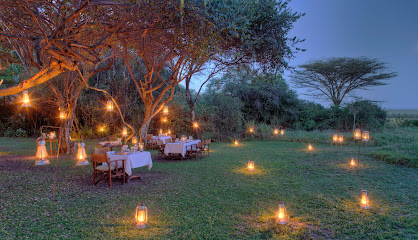
Mara River Camp
31.3 km
Experience the ultimate safari at Mara River Camp, a luxurious resort hotel nestled in the majestic Maasai Mara, perfect for adventure and relaxation.
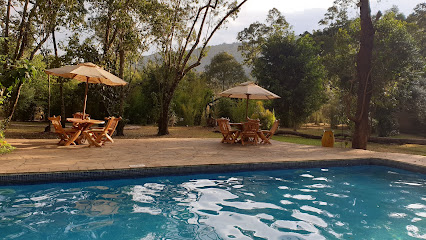
Neptune Mara Rianta Luxury Camp
34.1 km
Discover unparalleled luxury and wildlife adventures at Neptune Mara Rianta Luxury Camp in the heart of the Masai Mara Game Reserve.
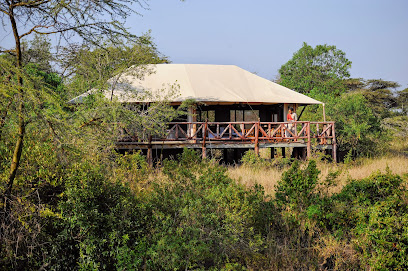
Unmissable attractions to see
Maji ya fisi
0.4 km
Experience the stunning beauty of Maji ya Fisi, where majestic waterfalls meet serene nature in Kenya's Talek region.
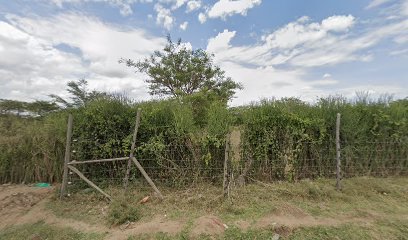
Masai Mara National Reserve Talek Gate
0.7 km
Explore the iconic Masai Mara National Reserve through Talek Gate, where breathtaking landscapes and wildlife adventures await in Kenya's premier safari destination.
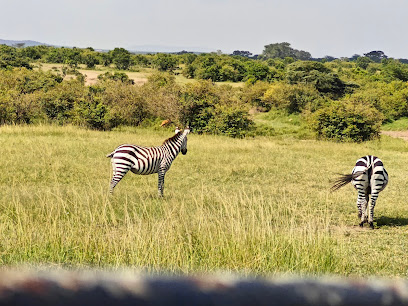
Masai Village
2.2 km
Discover the vibrant traditions and rich heritage of the Maasai people at Masai Village, a historical landmark in the heart of Kenya.
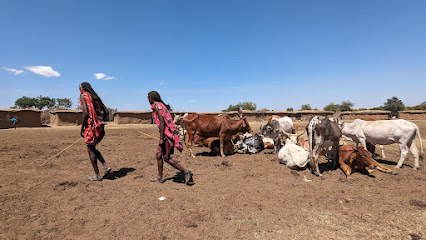
Mara Siligi Camp
3.4 km
Discover the unparalleled beauty of Masai Mara at Mara Siligi Camp, where adventure meets tranquility in the heart of nature.
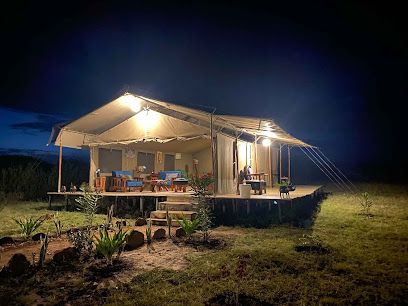
Cheetahs/Leopards
8.4 km
Explore the wild beauty of Talek, Kenya, where majestic cheetahs and leopards roam freely in their natural habitat, offering unforgettable wildlife experiences.

JW Marriott Masai Mara Breakfast Spot
9.0 km
Discover the enchanting beauty and flavors of the JW Marriott Masai Mara Breakfast Spot, where nature meets exquisite dining in Kenya's wildlife haven.

Olobor territory
9.5 km
Explore Olobor Territory in Talek, Kenya – a breathtaking tourist attraction rich in wildlife, culture, and stunning landscapes.

Villaggio Masai
9.6 km
Experience the breathtaking wildlife and rich culture at Villaggio Masai, nestled in the heart of the Masai Mara National Reserve.
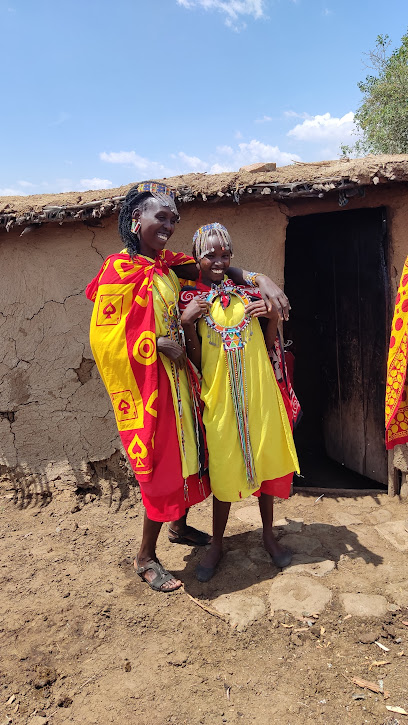
Maasai Mara National Reserve
10.1 km
Explore the iconic Maasai Mara National Reserve, a hub of wildlife diversity and stunning landscapes in Kenya, perfect for safari adventures and cultural encounters.
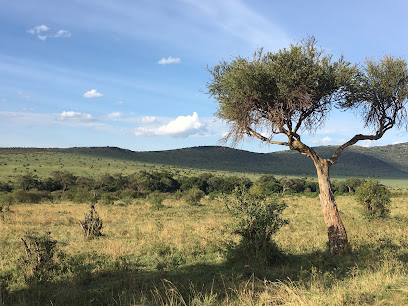
Olare Orok Conservancy
10.2 km
Experience the wild heart of Kenya at Olare Orok Conservancy, where adventure meets stunning natural beauty in the Maasai Mara.
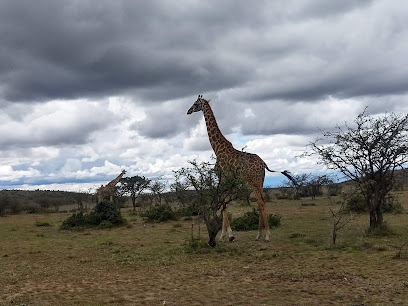
Masai village, Masai Mara
10.5 km
Explore the vibrant culture of the Maasai people in Masai Mara, a unique tourist attraction rich in tradition and breathtaking landscapes.
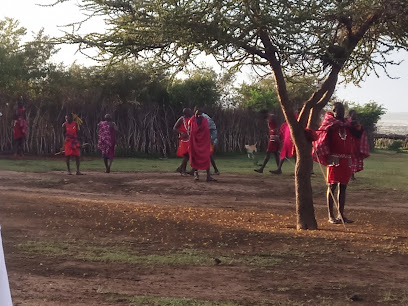
Leopard Lookout
13.7 km
Discover the breathtaking views and wildlife at Leopard Lookout in Talek, an essential destination for nature lovers and adventurers alike.
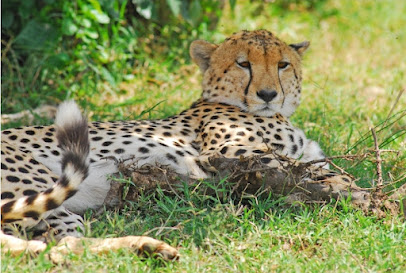
Naboisho Conservancy
15.9 km
Explore Naboisho Conservancy, a pristine nature preserve in Kenya's Maasai Mara, teeming with wildlife and offering immersive cultural experiences.
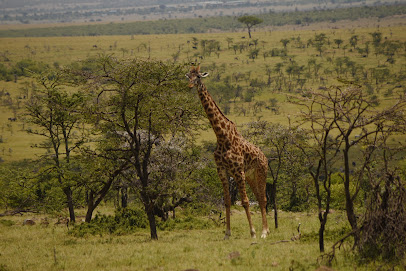
Sarova Mara Game Camp - Safari Lodge in Kenya
16.0 km
Discover luxury and adventure at Sarova Mara Game Camp in the heart of Maasai Mara, where unforgettable wildlife experiences await amidst stunning landscapes.

Olive Bush Camp
16.1 km
Experience unforgettable wildlife adventures at Olive Bush Camp, nestled in the heart of Maasai Mara, a top safari destination in Kenya.
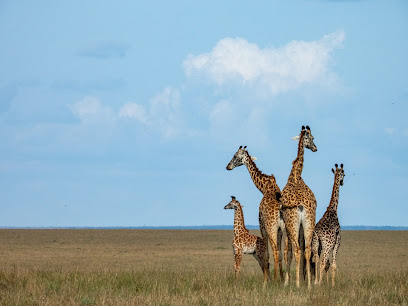
Essential places to dine
Mara Loita Hotel
0.4 km
Discover unparalleled comfort and adventure at Mara Loita Hotel near Talek in Kenya's Maasai Mara region.
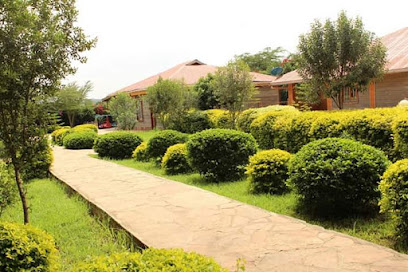
Talek Town
0.4 km
Experience authentic Kenyan culture and delicious cuisine in Talek Town, your gateway to Maasai Mara adventures.
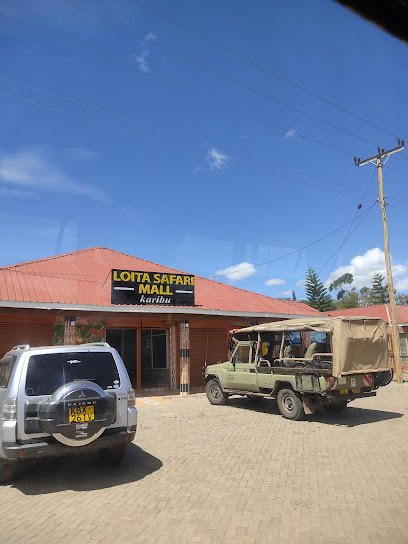
Loita Hotel -TALEK
0.8 km
Experience fast food bliss at Loita Hotel in Talek—where delicious meals meet stunning natural landscapes.
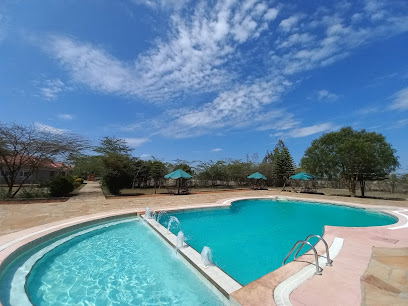
G & G Hotel
1.0 km
Discover comfort and convenience at G & G Hotel in Talek, your perfect base for exploring the stunning Maasai Mara National Reserve.

Mara Leisure Camp
5.3 km
Discover luxury in nature at Mara Leisure Camp, your gateway to unforgettable safaris in Masai Mara National Reserve.

Mizpah Mara Guest House
6.4 km
Experience exquisite dining at Mizpah Mara Guest House while enjoying stunning views in the heart of Masai Mara National Reserve.

AA Lodge Masai Mara
16.9 km
Discover luxury amidst nature at AA Lodge Masai Mara - your gateway to unforgettable safari experiences in Kenya's iconic wilderness.
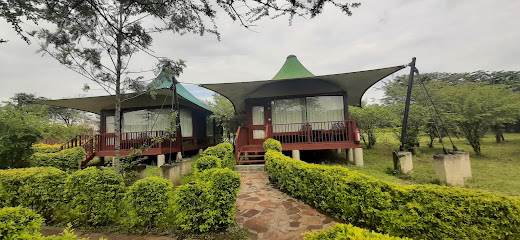
Oldarpoi Mara Camp
18.4 km
Discover comfort and adventure at Oldarpoi Mara Camp, your gateway to exploring the majestic wildlife and vibrant culture of Maasai Mara.

Oseki Maasai Mara Camp
18.5 km
Discover Oseki Maasai Mara Camp: A perfect blend of comfort and adventure amidst Kenya's breathtaking wildlife.
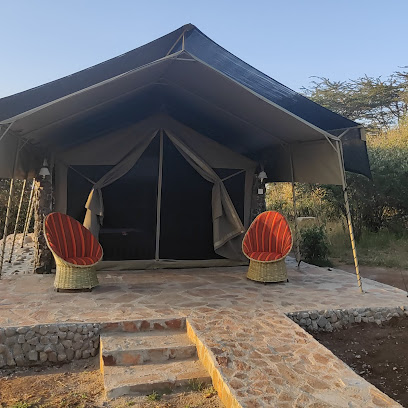
Sentrim Mara Lodge
19.2 km
Discover tranquility and adventure at Sentrim Mara Lodge in Masai Mara National Reserve - where luxury meets nature.

Cottar's Safaris
27.8 km
Discover thrilling wildlife encounters and immerse yourself in Maasai culture at Cottar's Safaris in Kenya's Masai Mara.

Alex Walker's Serian 'The Original'
32.6 km
Discover luxury amidst wild landscapes at Alex Walker's Serian 'The Original' in Kenya’s stunning Masai Mara.

Mara River Lodge
33.9 km
Discover unparalleled wildlife experiences at Mara River Lodge in Masai Mara - where luxury meets nature's splendor.
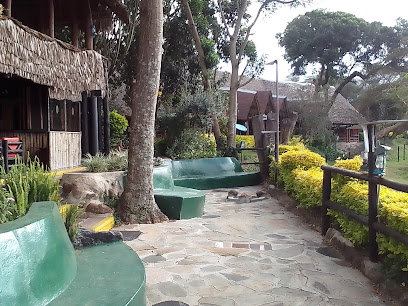
The Gazelle Coffee House & Meeting Place
40.1 km
Discover delightful Kenyan cuisine at The Gazelle Coffee House & Meeting Place—your perfect stop before exploring Maasai Mara.
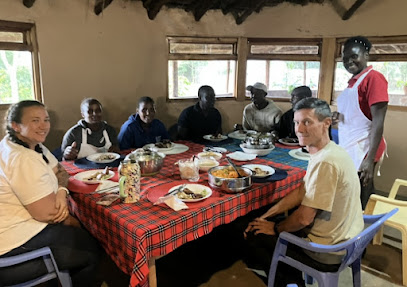
andBeyond Serengeti Under Canvas
45.9 km
Discover unparalleled luxury amidst the wilderness at andBeyond Serengeti Under Canvas - where adventure meets comfort in Tanzania's iconic Serengeti National Park.
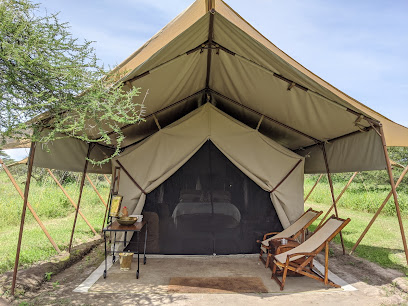
Markets, malls and hidden boutiques
Mara Naretoi Jewelry
0.4 km
Explore the beauty of handcrafted jewelry at Mara Naretoi Jewelry in Talek, where local culture and artistry meet timeless elegance.
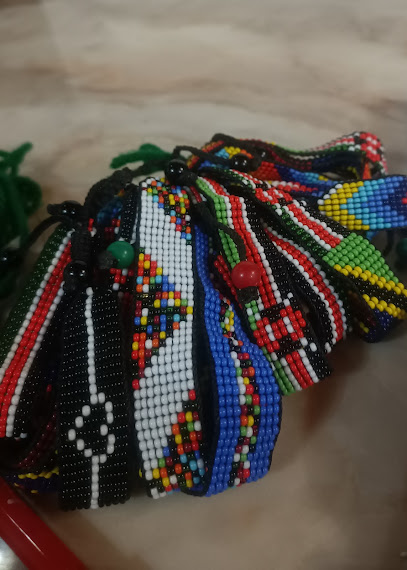
Najah General shop
0.8 km
Discover local treasures and immerse yourself in the culture at Najah General Shop in Talek, Kenya.
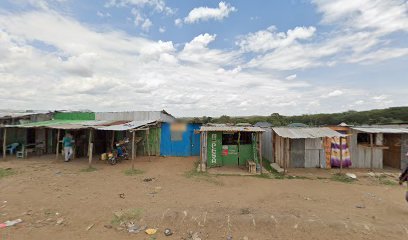
MEEYU GENERAL SHOP
0.9 km
Discover local culture and essential supplies at MEEYU GENERAL SHOP in Talek, a charming grocery store in the heart of Masai Mara.

VICKY,S Shop
1.0 km
Explore Vicky's Shop in Talek for unique local crafts and souvenirs that embody the spirit of your travels in Kenya.
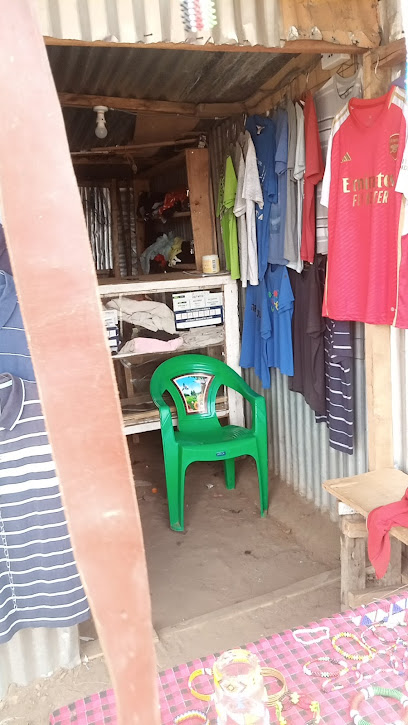
Mara Maisha Camp
2.9 km
Discover the charm of Mara Maisha Camp, where comfort meets the wild beauty of the Maasai Mara for an unforgettable safari experience.

Maa Beadwork
8.0 km
Explore the exquisite craftsmanship of Maasai jewelry at Maa Beadwork, a cultural treasure in the heart of Maasai Mara.
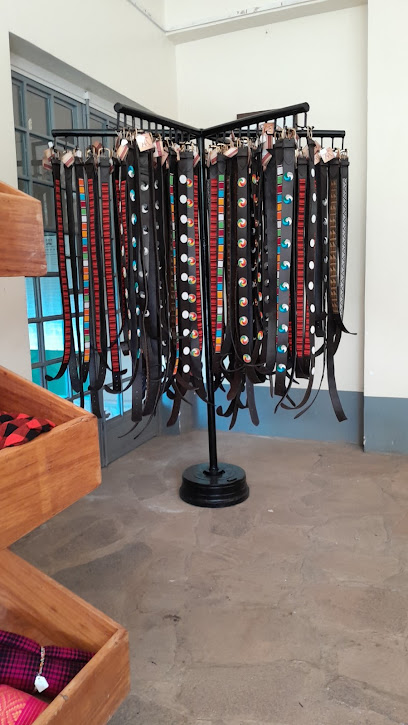
Ishara Mara
9.0 km
Discover the enchanting Ishara Mara Lodge in Masai Mara, where luxury meets the wild for an unforgettable safari experience.
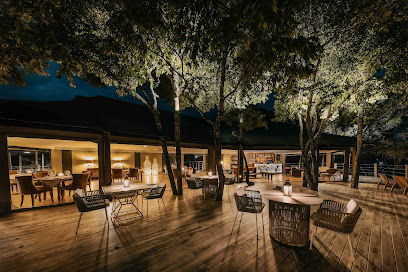
Mara Explorer Tented Camp
9.9 km
Discover the wild beauty of Masai Mara at Mara Explorer Tented Camp, where luxury meets adventure in a breathtaking natural setting.
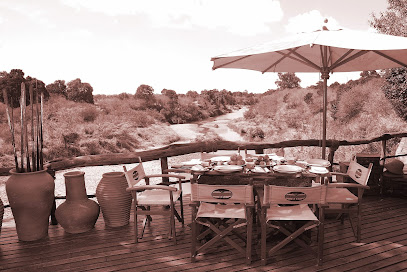
Mara Intrepids Tented Camp
11.2 km
Discover luxury and adventure at Mara Intrepids Tented Camp in the breathtaking Masai Mara, a premier safari destination in East Africa.
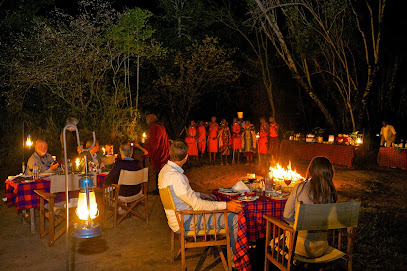
Sekenani town
16.9 km
Experience the vibrant shopping and cultural hub of Sekenani Town, where local crafts and community life come alive in the heart of Kenya.
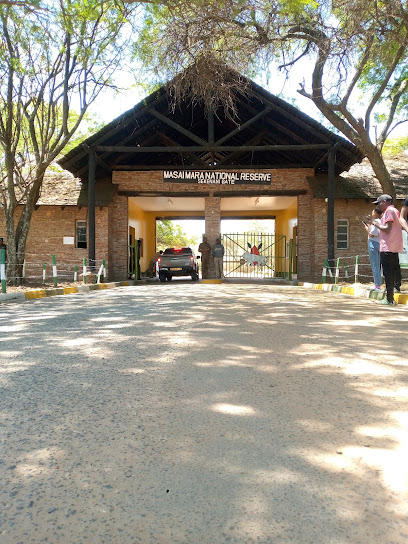
Masai Village Lenard House
17.6 km
Discover the vibrant culture and artisanal crafts at Masai Village Lenard House, a must-visit shopping destination in Kenya.
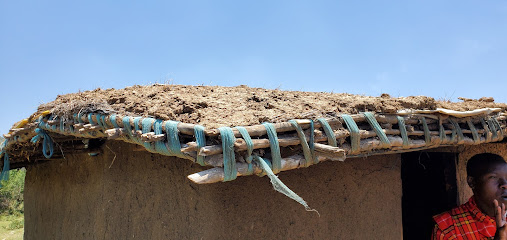
Michael's Maasai Home
17.6 km
Explore Maasai culture and authentic crafts at Michael's Maasai Home, a unique shopping mall and cultural center in the heart of Maasai Mara.
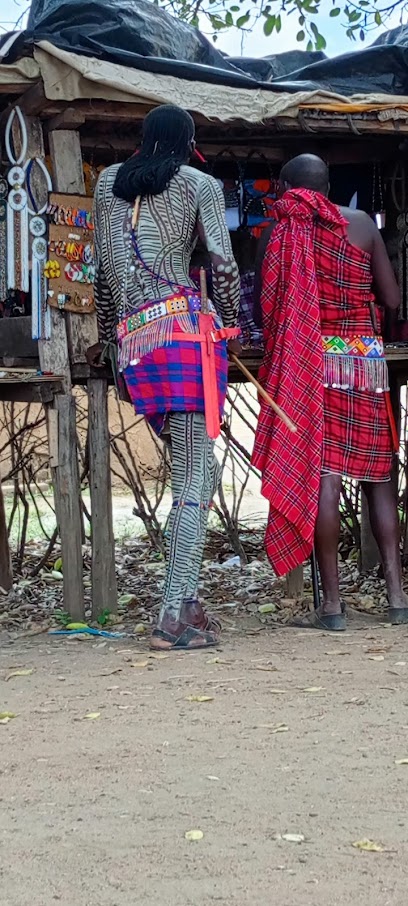
Ashnil Mara Camp
18.6 km
Discover the ultimate luxury safari experience at Ashnil Mara Camp, where comfort meets the wild beauty of Maasai Mara.

Olesere shopping centre
19.3 km
Discover the vibrant Olesere Shopping Centre in Maasai Mara, where local crafts meet the rich culture of Kenya in a vibrant shopping experience.

SEKENANI MAASAI DEV PROJECT
22.0 km
Discover the rich Maasai culture through crafts, food, and sustainable practices at the Sekenani Maasai Development Project in Mara Narok West.
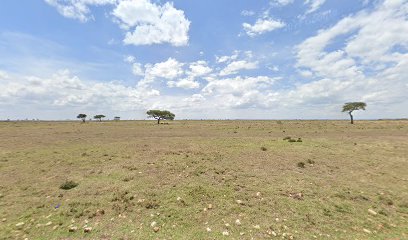
Essential bars & hidden hideouts
Mara Duma Luxury Camp
0.4 km
Experience the best of African cuisine surrounded by the stunning landscapes of the Maasai Mara at Mara Duma Luxury Camp.
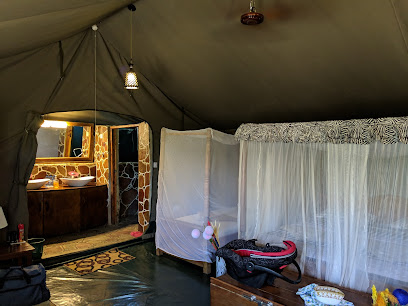
Aruba Mara Camp & Safaris
0.4 km
Discover the beauty of the Maasai Mara with thrilling safaris and authentic East African cuisine at Aruba Mara Camp & Safaris.
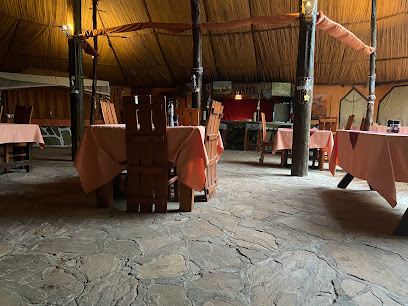
Paradise Bar
0.9 km
Experience the vibrant atmosphere of Paradise Bar in Talek, where refreshing drinks and local culture blend seamlessly for a perfect evening out.
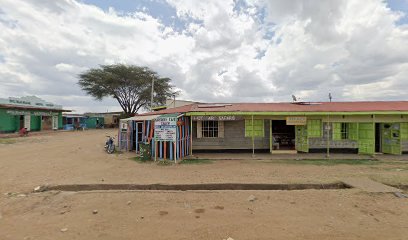
Queens Lounge
1.1 km
Experience authentic Kenyan cuisine at Queens Lounge in Talek, where local flavors and warm hospitality meet in a vibrant dining atmosphere.
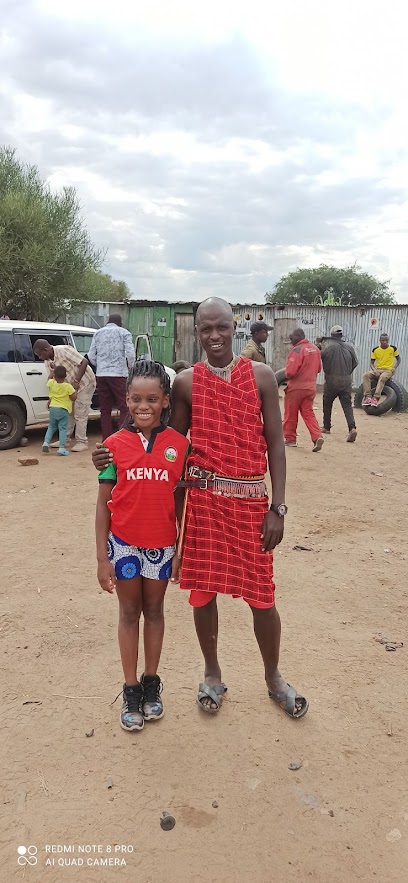
Towfiq Lodges &restaurant
1.2 km
Experience authentic Kenyan cuisine at Towfiq Lodges & Restaurant in Talek, where every meal is a celebration of flavor and hospitality.
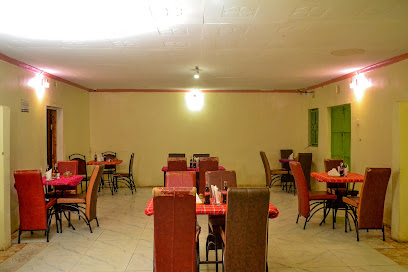
Mara Ngenche
16.1 km
Experience the serenity and luxury of Mara Ngenche, where the wild beauty of Kenya's wilderness meets exceptional hospitality.

KINGS PARADISE LOUNGE
16.8 km
Discover the vibrant atmosphere of Kings Paradise Lounge in Sekenani, where local culture meets lively entertainment and exquisite drinks.
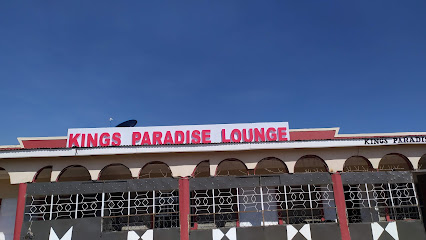
OLOIKA Mara PUB
19.7 km
Experience the vibrant atmosphere of OLOIKA Mara PUB, where local flavors meet lively entertainment in the heart of Kenya.
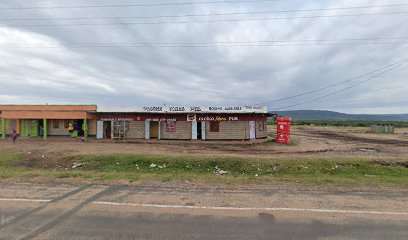
Miami Bar
30.0 km
Experience the vibrant nightlife at Miami Bar in Mara Rianta Centre, where refreshing cocktails and great company await.

Sabrina Bar
30.2 km
Discover the vibrant atmosphere of Sabrina Bar in Mara Rianta, where refreshing drinks and local culture come together for an unforgettable experience.
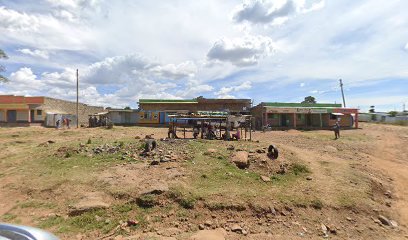
Africa Safari Serengeti Bologonja
46.8 km
Discover the wonders of Tanzania's Serengeti at Africa Safari Serengeti Bologonja – a lodge where adventure and comfort meet in the heart of nature.

Mara Galaxy Lolgorian
49.9 km
Experience the vibrant atmosphere and local flavors at Mara Galaxy Lolgorian, a must-visit bar in the heart of Kenya's stunning Maasai Mara.
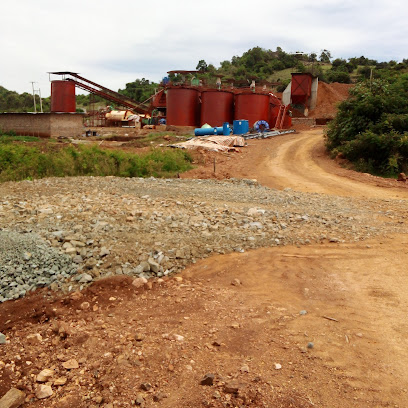
LILSAM PUB
56.8 km
Discover LILSAM PUB, a vibrant bar in Maji Moto, offering local flavors and a lively atmosphere perfect for socializing and relaxation.
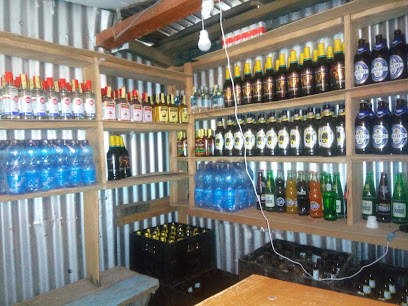
RAESA BAR & RESTAURANT
56.8 km
Discover the lively ambiance of RAESA Bar & Restaurant in Maji Moto – a perfect blend of local drinks and culinary delights.
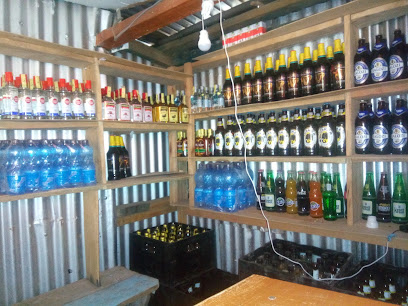
Mara Point Bar
58.8 km
Discover the vibrant atmosphere of Mara Point Bar, where stunning views meet delightful drinks in the heart of Kenya's breathtaking landscape.




